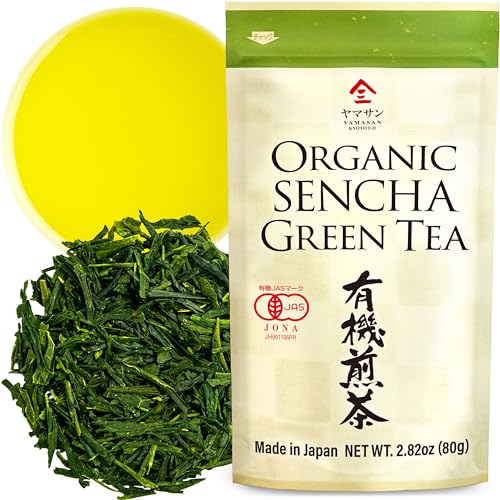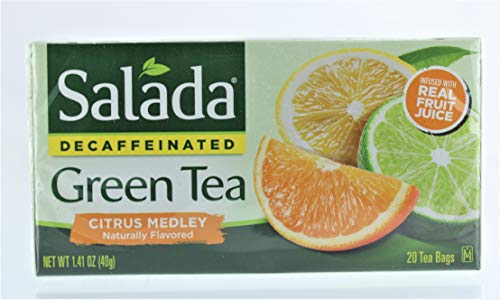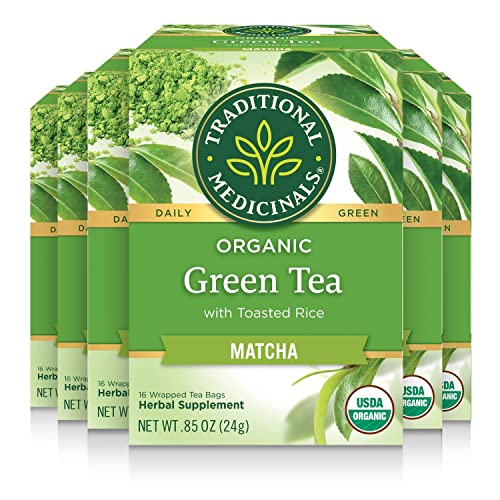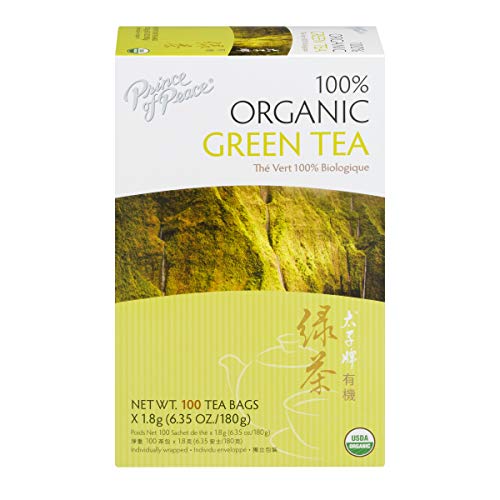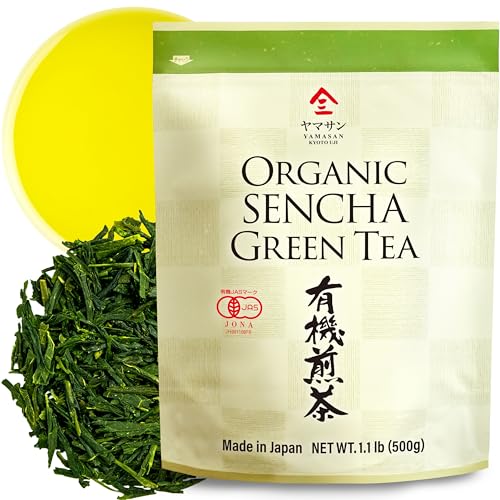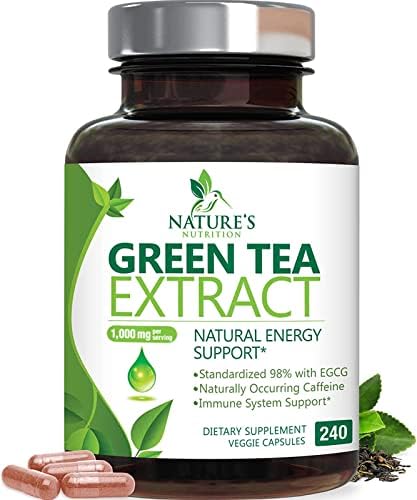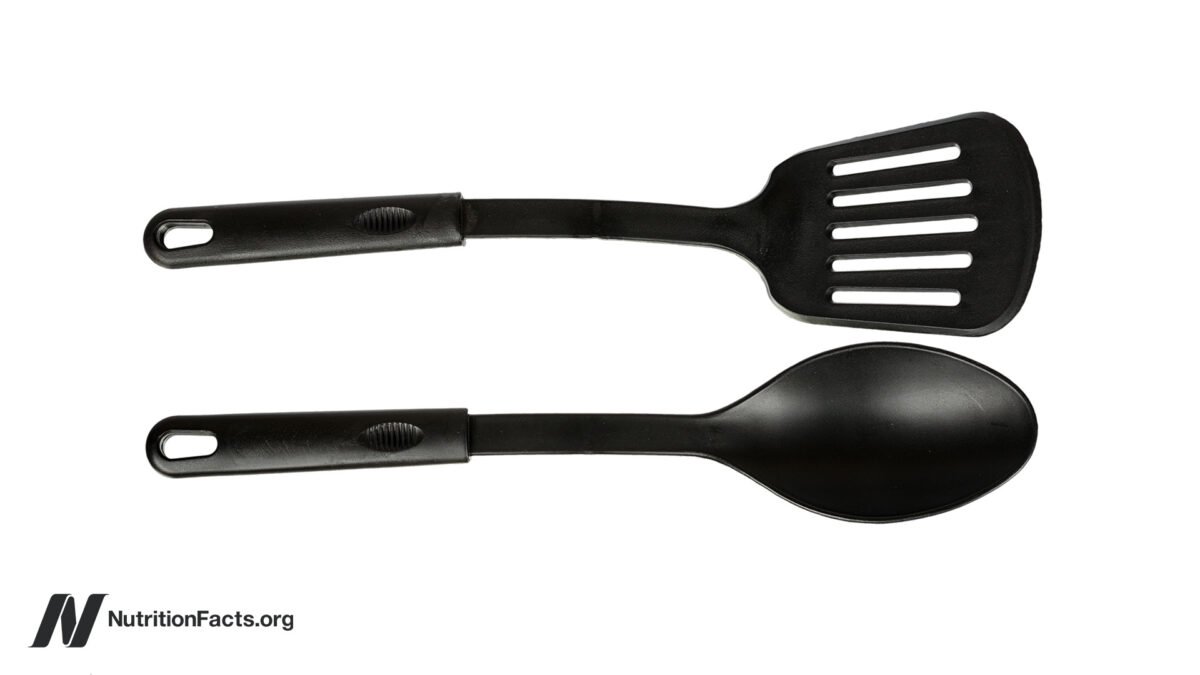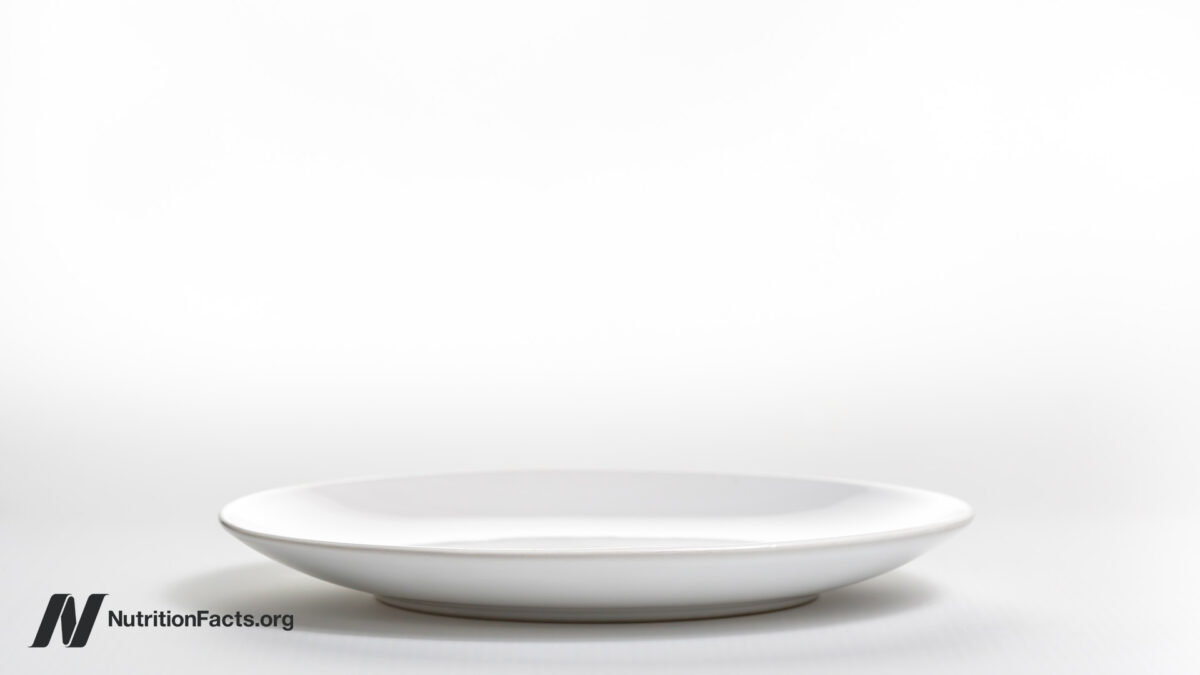I recommend glass, ceramic, porcelain, or stainless steel tableware and wooden or stainless steel cooking utensils.
Melamine is used to make a variety of hard plastic “food contact items such as cups, plates, bowls, and utensils because they are dishwasher safe, inexpensive, and durable.” If that word sounds familiar, it may be because melamine has also been added illegally to protein products to game the system to make it appear that “food commodities” like pet food contain more protein than they actually do. By 2007, more than a thousand potentially contaminatedpet food products were recalled after “the chemical was found to be a contaminant in wheat gluten used in those products,” but not before it caused disease and death in pets throughout North America.
“It is presumed that melamine was intentionally added by suppliers in China to falsely elevate the measured protein content and, hence, the monetary value of these products.” The pet food scandal was just the writing on the wall. The following year, “melamine was discovered to be the cause of an outbreak of urinary tract stones and renal failure” (kidney stones and kidney failure), affecting hundreds of thousands of infants and young children throughout China. “Investigations revealed that the compound was added illegally to powdered milk and baby formulas to falsify protein content.”
As I discuss in my video Are Melamine Dishes and Polyamide Plastic Utensils Safe?, in the United States, you can find it in food packaging and sneaking its way into animal feed. However, those using melamine dishware can be exposed directly, as it migrates straight into the food upon exposure to heat. In fact, “cooking spoons and crockery made of melamine resin are not suited for microwaves and cooking,” according to food safety authorities. Okay, but what if you never cook with it, fry with it, or microwave it? What if you just use melamine to eat out of?
In “A Crossover Study of Noodle Soup Consumption in Melamine Bowls and Total Melamine Excretion in Urine,” researchers measured the amount of melamine flowing through the study subjects’ bodies compared to eating the same soup out of ceramic bowls. Their findings? “Melamine tableware may release large amounts of melamine when used to serve high-temperature foods”—and not even hot foods. “Melamine migration can be detectable from daily-use melamine-made tableware, even in the low temperatures,” like just warm water. Why do we care? Because the level of melamine you’re exposed to “is significantly associated with kidney function deterioration in patients with early-stage CKD,” chronic kidney disease, in which even relatively “low melamine levels may cause a rapid decline in kidney function.” So, I would suggest glass, ceramic, porcelain, or stainless steel tableware instead.
What about polyamide utensils, common black plastic spoons, spatulas, and the like? All sorts of different plastic materials are used in kitchen utensils. Polyamide is “typically used for turners [spatulas] or ladles due to their high heat and oil resistance.” “However, components of this plastic can migrate from the utensils into the food and consequently be ingested by consumers.” Out of 33 utensils tested, nearly 1 in 3 exceeded the upper safety limit. The German Federal Institute for Risk Assessment “recommends that consumers keep contact with food as brief as possible when using PA [polyamide] kitchen gadgets, especially at high temperatures,” such as above the temperature at which we may drink hot tea or coffee.
A different survey of black plastic kitchen utensils found about a third contaminated with flame retardant chemicals. Why? Because it may be made from plastic recycled from electronic equipment that was impregnated with the stuff. Then, should you dip the polyamide utensil into oil, the chemicals can trickle out, suggesting that using such “utensils for frying may lead to considerable dietary exposure.”
The black dye itself in some polyamide utensils can leach out, too. Eventually, with enough use, the levels drop, but it may take the equivalent of boiling the utensils for about a hundred hours before the dye leaking approaches safety levels. It’s probably just easier to use utensils that are wooden or stainless steel.
This is the last in a three-part series of cookware videos. If you missed the others, check out Are Aluminum Pots, Bottles, and Foil Safe? and Stainless Steel or Cast Iron: Which Cookware Is Best? Is Teflon Safe?.
It may not be safe to microwave melamine, but what about microwaving in general? See Are Microwaves Safe? and The Effects of Radiation Leaking from Microwave Ovens.
